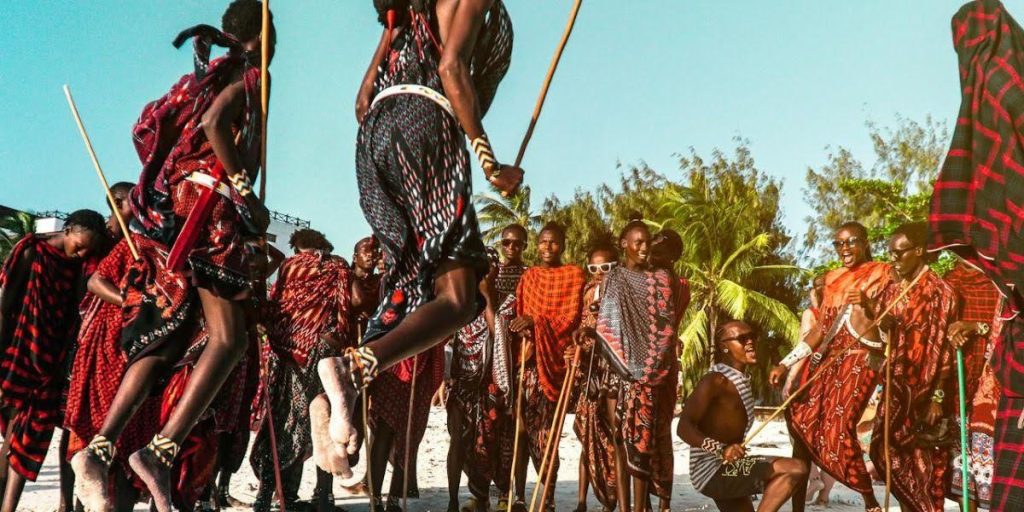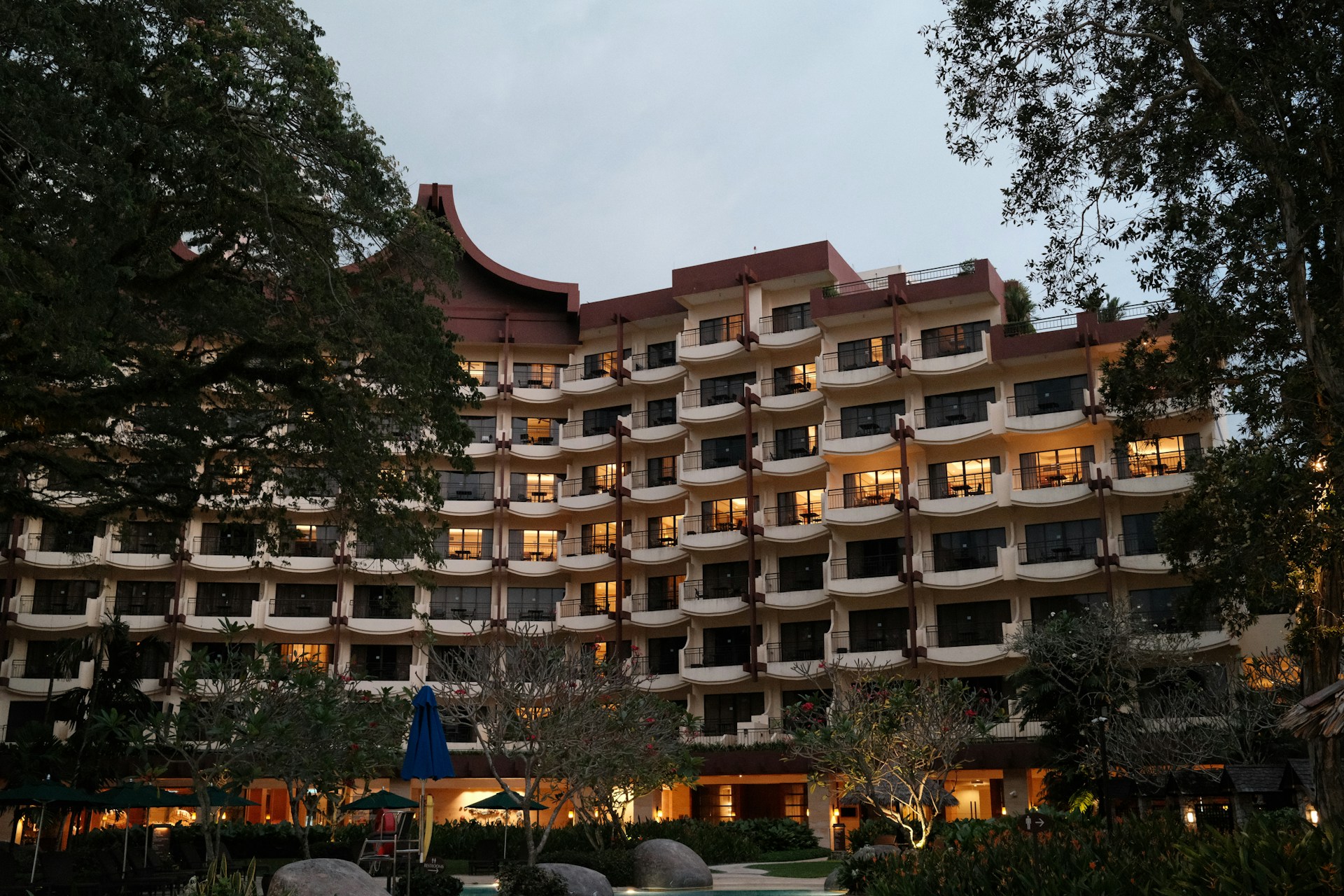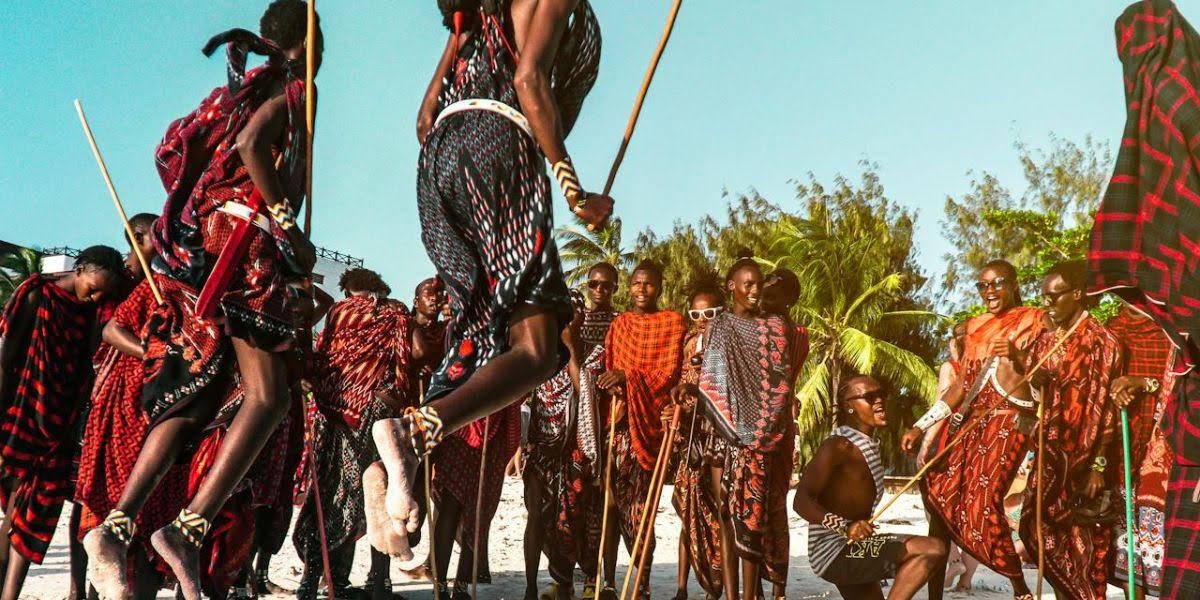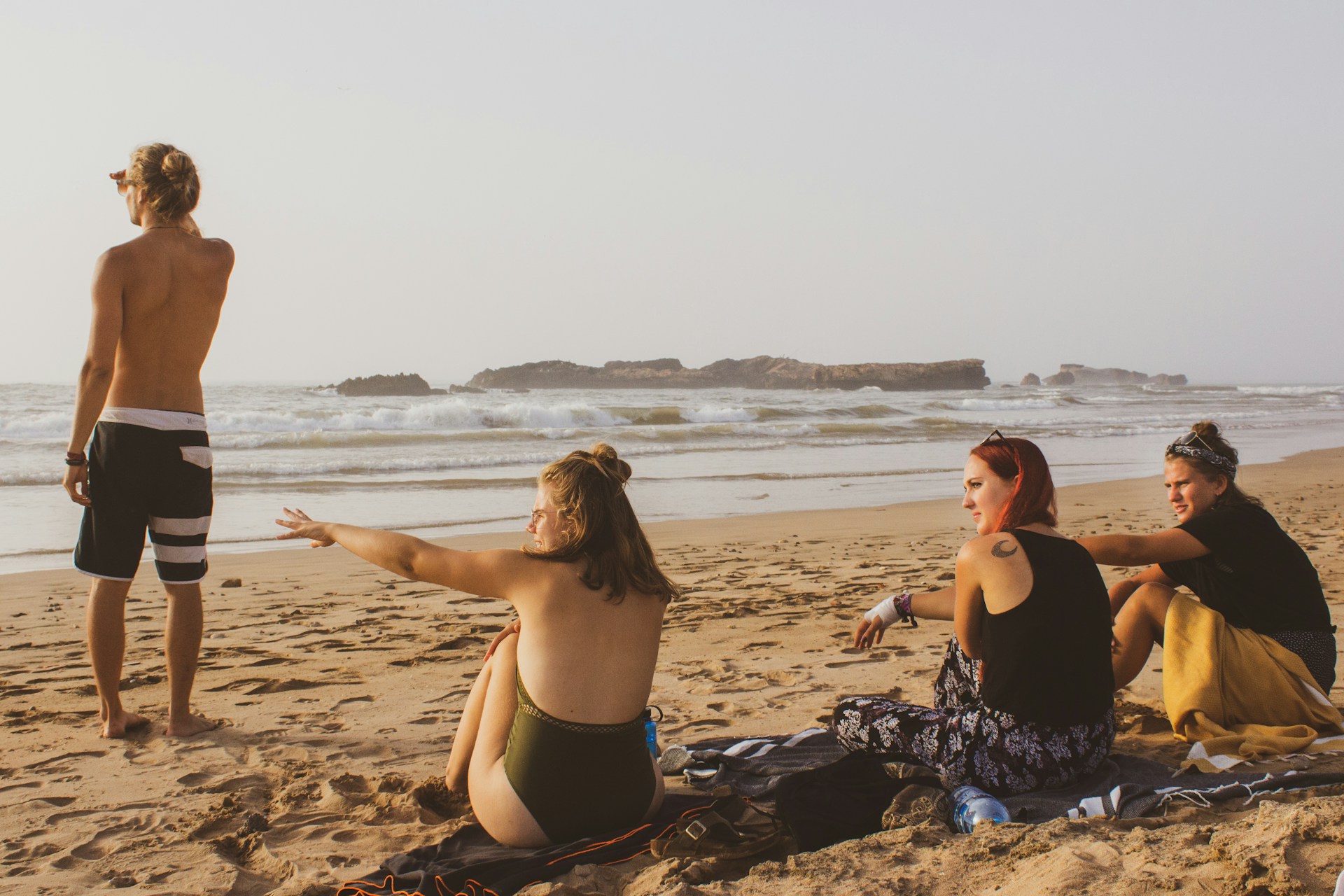
Kenya is a great country rich in history and culture, making it a captivating destination for culture enthusiasts.
From culture-rich tribes like the Maasai community to the historic sites along the coast, the nation offers a glimpse into a world where tradition and modernity converge.
This blog post covers the various cultural attractions in the country, allowing you to understand and appreciate the country’s heritage.
Even better, the blog post will highlight their location and how you can get there, ensuring that each cultural gem in Kenya is accessible to you.
Table of Contents
ToggleCultural Attractions Along the Kenyan Coast
The Kenyan coast is not just a destination for beach lovers; it’s a region that also blends history, culture, and natural beauty.
Below are some of the cultural attractions you’ll find in this area:
Gedi Ruins Near Watamu
The Gedi Ruins are in the coastal forest near Watamu, just south of Malindi and north of Mombasa.
They represent the remains of a Swahili town, which thrived from the 13th to the 17th century.
The ruins are popular among visitors for several reasons. Firstly, they provide insights into the life of a Swahili town before European colonization.
They also highlight the Swahili people’s advanced understanding of town planning and architecture.
Moreover, the presence of items from far-flung places like China at the site indicates Gedi’s involvement in long-distance trade.
As a result, when you visit the ruins, you are immersing yourself in the history and culture that shaped the Kenyan coast.
The exact location of Gedi Ruins is 16 km south of Malindi within the Arabuko Sokoke Forest.
Fort Jesus
The Portuguese built Fort Jesus in the late 16th century, but it was designed by Italian architect Giovanni Battista Cairati.
Its primary purpose was to guard the Old Port of Mombasa, serving as a strategic point for controlling the trade routes along the Indian Ocean.
The fort’s architectural design reflects the Renaissance style to suit the tropical climate and the military requirements of the time.
Over the centuries, the fort witnessed many battles and changes in control among the Portuguese, Omani Arabs, and the British.
This makes the site a key location for understanding the region’s history.
Today, Fort Jesus is a popular tourist attraction due to its rich history and status as a UNESCO World Heritage site.
It has a well-preserved structure, including towering walls, battlements, and cannons.
In addition, the museum within the fort has artifacts from various periods, showcasing the cultural and historical layers of Mombasa and the wider coastal region.
Lamu’s Swahili Culture
Lamu is a small island located just off the northeastern coast of Kenya. This ancient town is the oldest inhabited town in the country, having been established in the 14th century.
The town blends various cultural influences, including Africa, the Arabian Peninsula, Persia, and beyond.
This cultural blend gives the town its unique identity, evident in its architecture, language, cuisine, and traditions.
For instance, the buildings in the area have coral stone structures with carved wooden doors and beautiful courtyards.
Moreover, the streets are narrow, designed for the days before cars, where donkeys still serve as the primary mode of transport.
Engaging in Local Traditions and Activities
Various local traditions and activities preserve the culture of most Kenyan communities. Here are some of them:
Maasai Jumping Competitions
The Maasai jumping competitions occur in areas where the Maasai communities are predominant.
During these events, young Maasai warriors, known as “Morans,” gather to participate in the Adumu, often a part of larger ceremonies like the Eunoto.
This is a rite of passage that transitions warriors to senior warrior status.
The competition involves the Morans jumping as high as they can from a standing position while maintaining a straight posture without letting their heels touch the ground.
The height of the jump, along with the endurance and style, measures the warrior’s strength and prowess.
The community also believes that the higher a warrior jumps, the more appealing they are to potential brides.
The Red Ochre Tradition in Maasai Culture
The use of red ochre in Maasai culture involves mixing the natural earth pigment with animal fat to create a paste, which they apply to the body and hair.
Typically, this activity is important during ceremonies like the Eunoto ceremony, where warriors transition to a new stage in their lives.
Beyond ceremonial use, the application of red ochre is a daily practice for many Maasai, reflecting their cultural identity and aesthetic values.
It signifies health, beauty, and social standing within the community.
Luhya Bullfighting
The bullfighting events occur in specific areas within the Luhya-dominated regions, particularly in Kakamega and Bungoma.
This activity draws significant crowds comprising both local spectators and curious visitors.
The bulls represent the strength and resilience of the Luhya people and their ability to overcome challenges.
Victorious bulls and their owners gain prestige and honor, reflecting the community’s values around bravery and strength.
The tradition also serves as a platform for social interaction.
It brings together community members from different villages, fostering a sense of unity and cooperation.
Pokot Circumcision Ceremony
The Pokot people live in the northwestern regions of Kenya, and circumcision ceremonies take place in these rural areas.
During the ceremony, young males undergo traditional rites, particularly circumcision, in the presence of community members.
It signifies the young men’s readiness to take on adult responsibilities and roles within the community.
Nairobi’s Cultural Gems
Nairobi has a lot to offer in terms of cultural attractions, from museums to art galleries. Here is a look at some of them:
Kenya National Archives
The Kenya National Archives is located in the central business district of Nairobi, at the edge of Uhuru Highway.
It houses an extensive collection of documents, photographs, and artifacts that span Kenya’s pre-colonial, colonial, and post-independence eras.
The site attracts scholars, students, historians, and tourists who come for research, education, or general interest in Kenya’s cultural heritage.
For anyone in Nairobi, a visit to the Kenya National Archives promises a deep understanding of Kenya’s collective memory.
Nairobi National Museum
The Nairobi National Museum is located along Kipande Road, just a short drive from the city center.
The museum has various artifacts spanning various disciplines, including paleontology, ethnography, archaeology, and ecology.
The most popular attraction in the museum is the collection of prehistoric fossils. This is the collection that actually earned Nairobi a reputation as a key city for understanding human evolution.
The museum also offers various educational programs and workshops for students and the general public.
The goal is for you to understand Kenya’s natural heritage better.
Karen Blixen Museum
The Karen Blixen Museum is located in the leafy suburbs of Karen in Nairobi, Kenya.
It pays homage to the life and works of the Danish author Karen Blixen, best known under her pen name Isak Dinesen. She lived there from 1917 to 1931.
The house and its surroundings became immortalized through her autobiographical book, “Out of Africa,” which recounts her life in Kenya.
The museum also delves into Blixen’s contributions to Kenyan culture and her interactions with the locals, particularly the Kikuyu.
Here are directions to the museum.
National Theatre
The National Theatre is located near the University of Nairobi and the Kenya National Archives.
It hosts various performances, including drama, music, dance, and spoken word.
In addition, with its distinctive design, the building itself is a landmark in Nairobi.
Its architecture reflects the city’s cultural ambition and post-independence era.
The theatre’s interior has state-of-the-art sound and lighting systems, enhancing the performance experience for both artists and audiences.
Frequently Asked Questions (FAQs) About Kenya’s Cultural Attractions
Q: What are some must-visit cultural attractions in Kenya?
Kenya is rich in cultural attractions, including the Maasai culture, the coastal region’s cultures, and heritage sites such as Lake Turkana Park, Lamu Old Town, and Fort Jesus. The diversity of Kenya’s over 40 ethnic groups contributes to the country’s cultural richness.
Q: Why is Mombasa a significant cultural destination in Kenya?
Mombasa, Kenya’s second-largest city, has attractions like Fort Jesus, Mombasa Old Town, and various arts and crafts centers. It blends cultures and histories, along with its beautiful beaches and marine parks.
Q: What unique cultural experiences does Lamu offer?
Lamu is Kenya’s oldest town. Its well-preserved Swahili architecture, ancient buildings, and narrow streets offer a unique glimpse into the past.
The town is known for its traditional dhows and donkeys as primary modes of transport, reflecting a lifestyle that has remained relatively unchanged over centuries.
Q: Can you tell me about a cultural attraction in Nairobi?
In Nairobi, the Giraffe Center is a unique cultural and conservation site. It focuses on the conservation of the Rothschild giraffes and offers the opportunity to interact closely with these majestic animals. Other cultural attractions include museums and art galleries.
Q: What makes the Ruins of Gedi significant?
The Ruins of Gedi, near Malindi, are remnants of a Swahili town that thrived between the 13th and 17th centuries. They provide insight into the region’s historical trade connections and advanced urban planning of the time. The site includes a mosque, several houses, and a palace.




